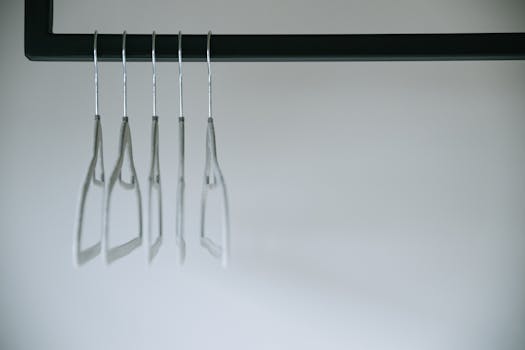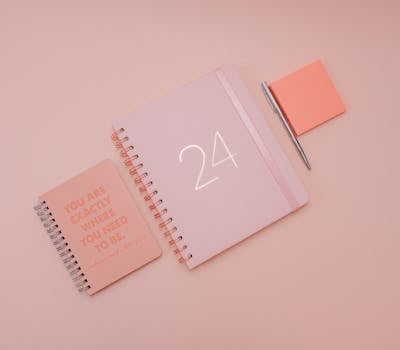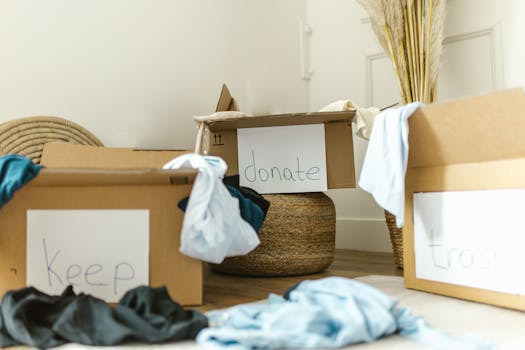Understanding Minimalism

Minimalism is often mistaken for a lifestyle choice that involves owning very few possessions or living in stark, empty spaces. However, the essence of minimalism transcends mere aesthetics or belongings; it’s a philosophy that prioritizes simplicity, intentionality, and focus. At its core, minimalist living involves stripping away the unnecessary, allowing for a more purposeful existence. This could mean anything from reducing material belongings to simplifying daily routines and obligations.
The Benefits of Minimalist Living

Embracing a minimalist lifestyle can manifest several benefits, significantly enhancing your overall well-being. Firstly, one of the most notable advantages is a reduction in stress. By minimizing clutter in your space, you create a serene environment that promotes relaxation and calm. Studies have consistently shown that organized spaces correlate with lower stress levels.
In addition, minimalist living encourages mindfulness and intentionality. When you focus on what truly matters—whether relationships, experiences, or passions—you create deeper, more fulfilling interactions and pursuits. Furthermore, this lifestyle can also alleviate financial pressures; by buying less, individuals can save money, help the environment, and foster a deeper appreciation for the things they own.
How to Start Your Minimalist Journey

Beginning your minimalist journey doesn’t have to be daunting. Start by setting clear intentions and goals for what you’d like to achieve. Perhaps you wish to declutter your home, prioritize space, or develop a healthier relationship with consumerism.
One effective strategy is the ‘one in, one out’ rule. For every new item you bring into your home, consider donating or discarding an existing item. This practice inhibits accumulation, helping you to curtail the cycle of consumerism. Another approach is to take a ‘Digital Detox’. Digital clutter can be as overwhelming as physical clutter, so try organizing your digital spaces by deleting unnecessary files and reducing app usage.
Challenges of Minimalism

While minimalist living offers numerous benefits, it also presents specific challenges that can deter or discourage those interested. For many, societal expectations can place significant pressure to accumulate more—be it trendy clothing, upgrades, or home accessories. Combatting this social conditioning starts with redefining success and happiness—shift your focus from having more to experiencing more.
Additionally, the process of decluttering can unearth sentimental items that evoke memories and emotions. Letting go of these can be difficult, but it’s essential to remember that our memories are not tied to physical objects. Evaluating the emotional value versus the physical space is pivotal in overcoming this challenge.
Living with Intention: Further Embracing Minimalism

Moving forward in your minimalist journey involves living with greater intention. It’s all about asking yourself whether your actions align with your values. Repeating a meditation or reflection practice can bring clarity about what direction you want your life to take.
Ultimately, the transition to minimalist living is an ongoing process of valuing quality over quantity. Whether it’s in the items you choose to keep, your lifestyle choices, or your interactions with others, focus on what rejuvenates and fulfills you while letting go of what drains your spirit. Celebrate the small steps and remember: minimalism is a journey rather than a destination—a beautiful endeavor that leads you closer to the life you truly want.


